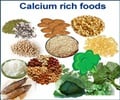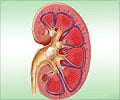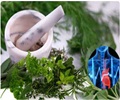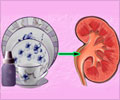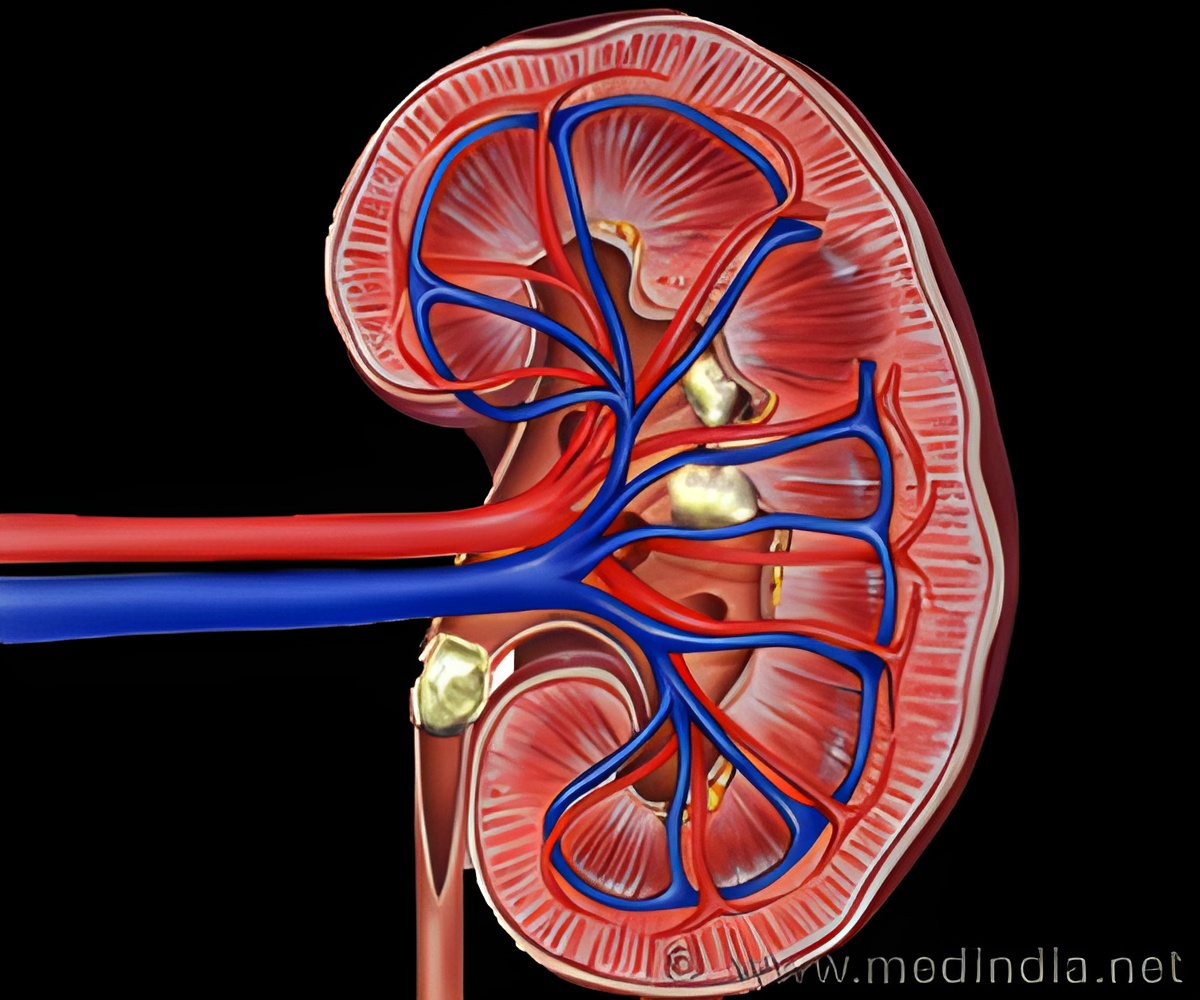
These stones can remain within the kidneys or can travel and lodge themselves in any other part of your urinary tract, namely; the bladder, the ureter (the tube connecting the kidneys to the bladder) or the urethra (the terminal part of the urinary tract for the passage of urine). With respect to outer structure, the stones can have either a smooth surface or a spiked and ruffled one. The ones which have a smooth surface are easier to eradicate or flush out from the urinary system. The spiked or auxiliary ones cling to the cellular lining of the urinary tract by greater anchorage and do not get flushed out easily. Depending upon their location within the urinary tract, kidney stones can be either obstructive or non-obstructive in nature. Small stones which lie dormant in the kidneys or in the bladder for years together without causing any obstruction to the flow of urine, often go unnoticed for prolonged periods of time; unless detected during routine screening or while diagnosing another condition. However, medium to large sized stones present either in the ureter or at crucial locations within the urinary system, for example at the vesico-ureteral junction, can obstruct urinary flow, cause back flow of urine and retrograde pressure on the kidneys, resulting in accumulation of fluid within the kidneys instead of being flushed out. This condition is typically known as hydronephrosis.
Pain is the most important clinical feature of kidney stones. Fluctuating, sharp shooting pain in the lower lateral part of your abdomen (right or left flank region), groin area and lower back should raise a suspicion of a kidney stone. Such pain is often migratory in nature as the site of pain keeps shifting with the movement of the stone within the urinary tract. Pain on urination, discolored foul smelling urine, presence of blood in urine, a constant urge to urinate and passing urine more frequently than usual are other notable features. In some cases, the kidney stone can become a nidus of infection and can be accompanied by fever and chills in addition to the other manifestations. If you have these symptoms, it is recommended that you consult your physician at the earliest.
The diagnosis of kidney stones primarily revolves around the presenting clinical signs and symptoms, clinical history and radiological imaging. Pharmacotheraputic treatment options like muscle relaxants, anti inflammatory agents and pain killers assist in symptomatic management only. Hydrotherapy is very effective in quite a few cases to flush the stone out of the renal system. Several cases however ought to be referred to surgery. Laparoscopic lithotripsy represents one of the widely employed sophisticated techniques for treatment of kidney stones. Biochemical analysis of kidney stones post-surgery can reveal the chemical composition of the stone which can provide crucial insights into the causes of kidney stone in a particular patient.
Reference:
Dr. Faisal Khan and Dr. Arnab Roy, R & D, SRL Limited
Advertisement

